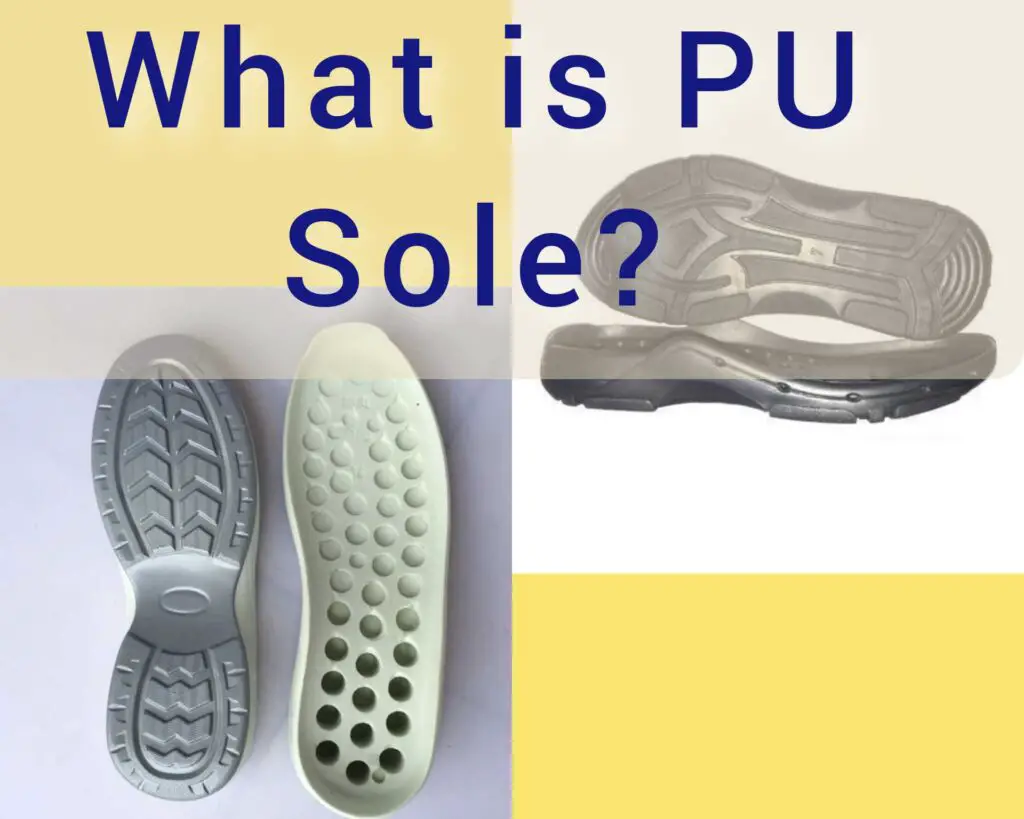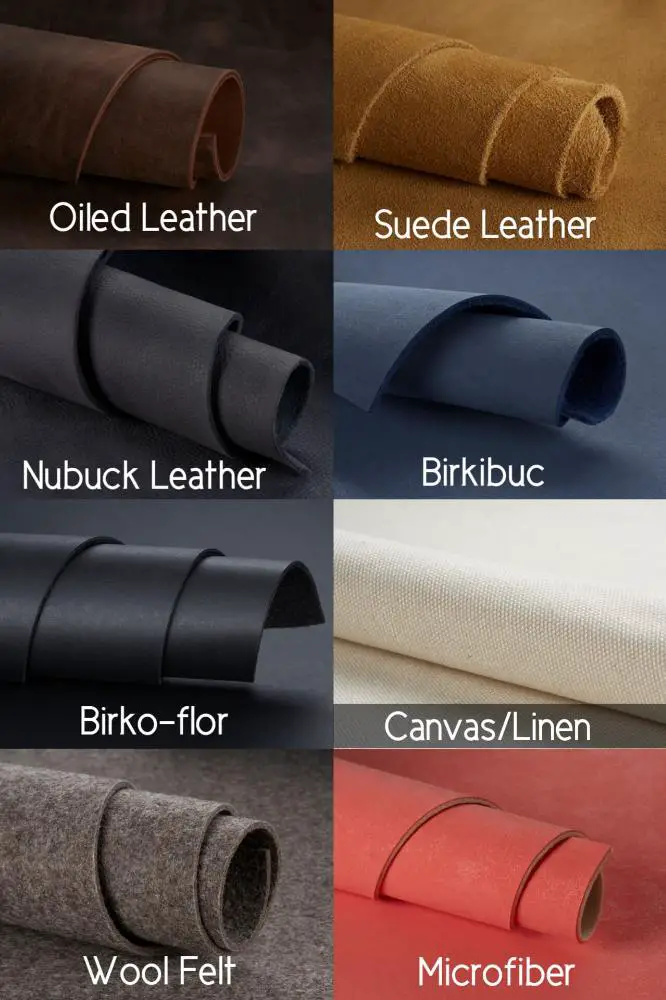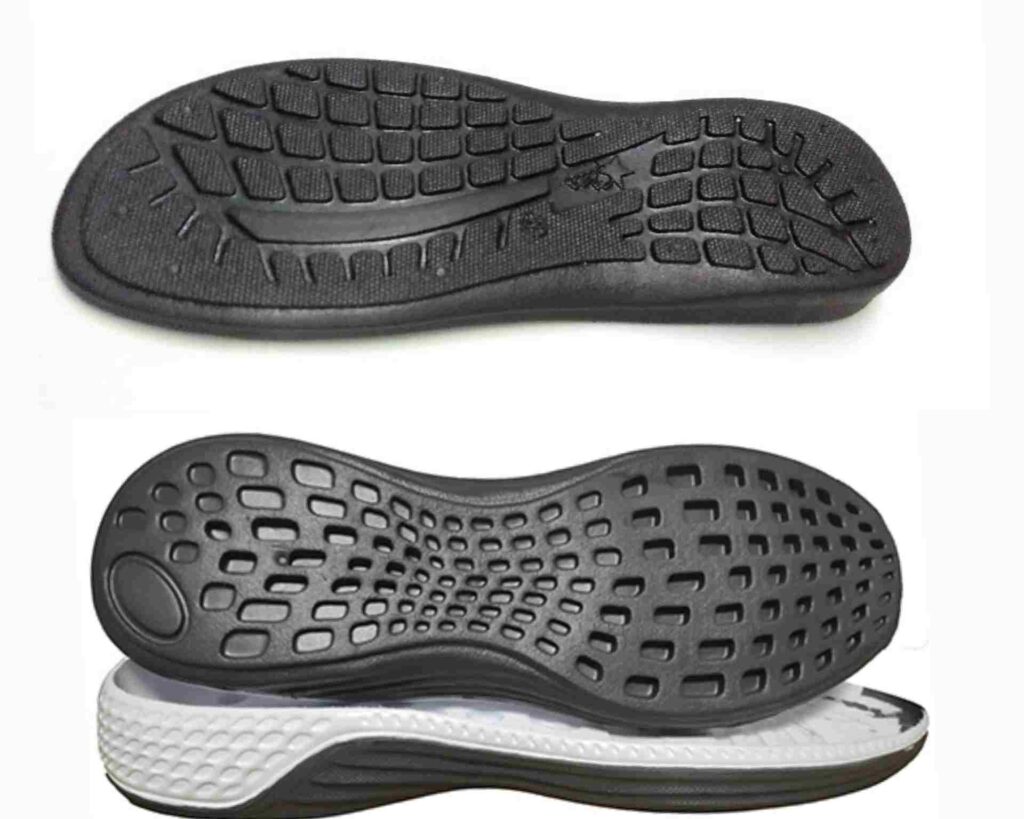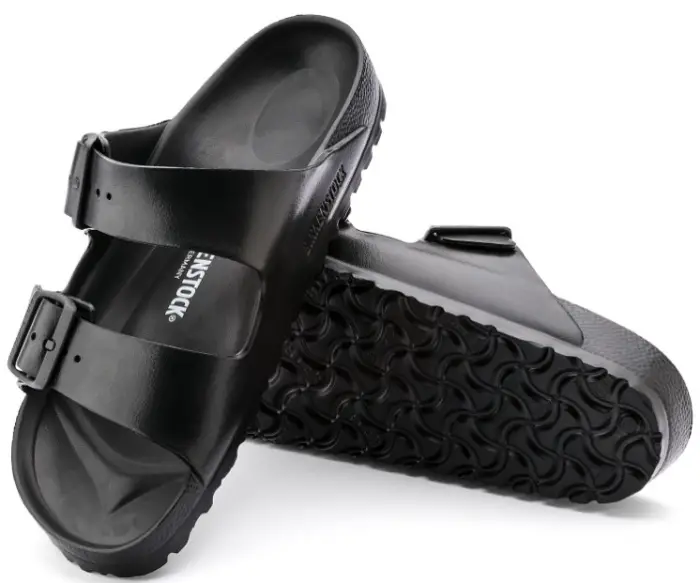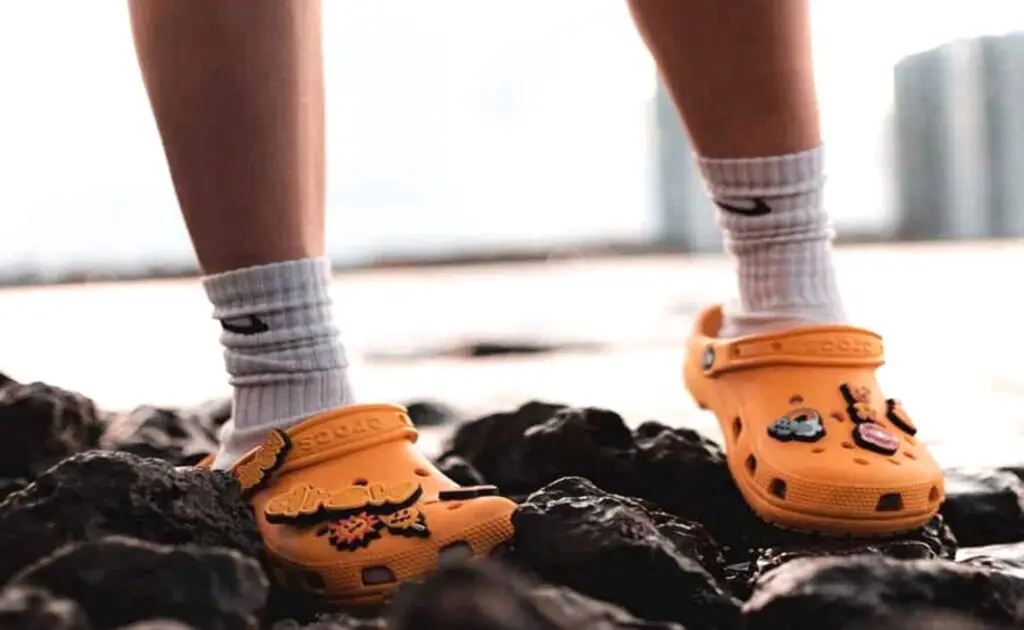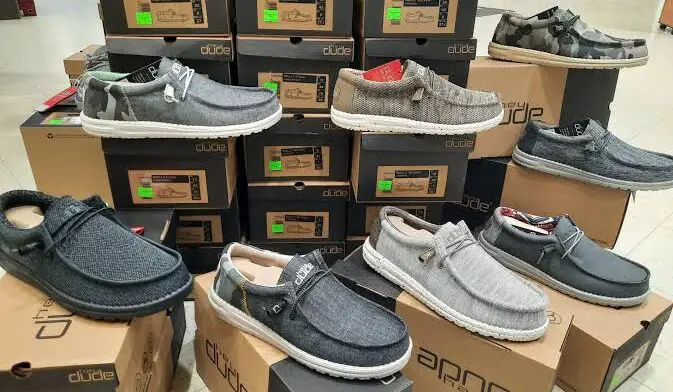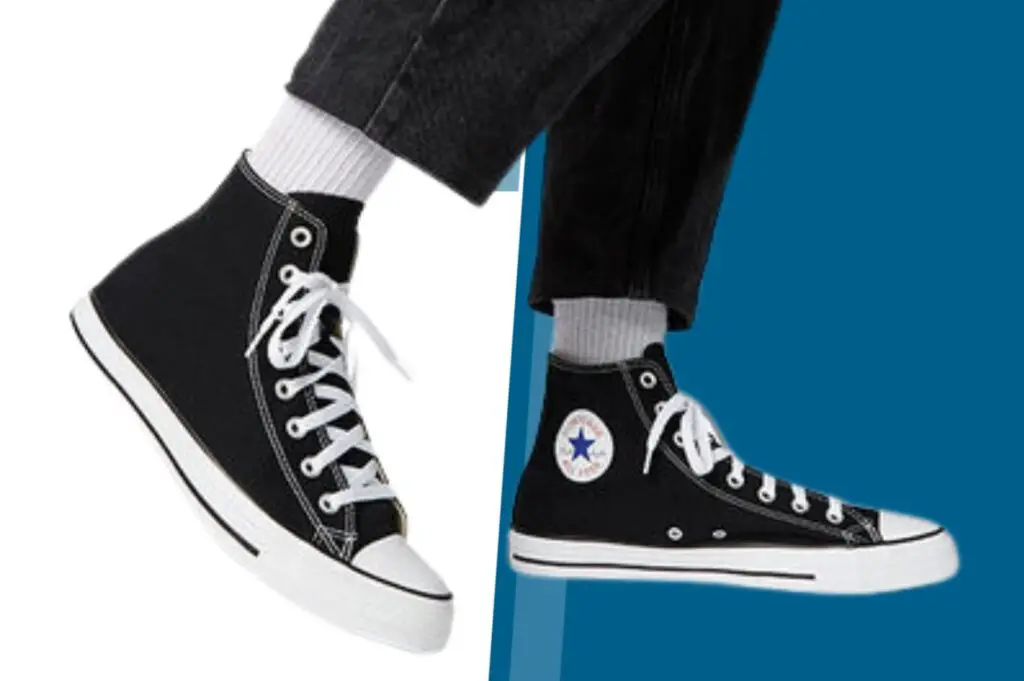Shoe soles are made with different materials which range from rubber, thermoplastic rubber (TPR), Ethylene-vinyl Acetate (EVA), Polyvinyl Chloride (PVC), and polyurethane (PU).
Each of these materials has peculiar qualities that make them suitable for different kinds of shoe soles. As we previously revealed in TPR vs EVA vs rubber soles, rubber soles are used in shoes where high traction can’t be compromised.
EVA sole is commonly used in running and walking shoes because of its shock absorption property, while TPR is mostly used in casual shoes.
This post, therefore, reveals everything you should know about Polyurethane (PU) soles.
What is PU sole in shoes?
A PU sole is a kind of shoe sole made from a polymer material called polyurethane (sometimes referred to as fifth plastic). It is light, resistant to abrasion, durable, and comfortable.
With these features, PU sole has gathered much recognition and is gradually revolutionising the footwear industry. Today, different kinds of footwear are designed with this material.
Generally, polyurethane sole finds its use as the midsole, insole, and outsole, depending on the need or application. The common kinds of footwear that use PU soles are sandals, slippers, boots, work shoes, formal shoes, casual, and sports footwear.
Advantages of PU sole
In 2019, the market size of PU sole was estimated to be $4.2 billion. It is also projected to rise to about $5.9 billion in 2024; that’s a CAGR of 7.6%. It’ll not be wrong to liken this growth to the great attributes of the sole material.
Here are some advantages of polyurethane soles:
- PU sole has high mechanical strength which makes it durable
- It is resistant to abrasion which is why it is used in hard-wearing shoes.
- Has shock absorption property
- PU sole is lightweight
- It is comfortable
- Flexible and high bending performance
- Shoes with PU soles are cheap, but worth the investment
- It has good resistance to temperature and chemicals
- Lastly, the PU sole is slip-resistant.
Disadvantages of PU sole
Although PU sole is praised for obvious reasons. There are also some downsides that you might be interested to know.
- The sole begins to turn yellow after some time
- PU sole can easily be broken
- It is not water-resistant; it has high water absorption. So, it’s a poor material for water shoes.
- PU sole has poor breathability
How to identify a PU sole
There are obvious differences between a PU sole and leather, TPR, or rubber soles. But how about an EVA sole?
Here’s how you can identify a PU sole:
- Lift the sole. TPR is usually very light
- Bend, flexibility test. You can go ahead and bend the sole to test its flexibility. As earlier mentioned, a PU sole has high bending performance. So, it wouldn’t break nor crack.
- It is also common that the holes on the back of PU soles are usually round.
PU sole vs TPR sole
Thermoplastic Rubber (TPR) is a sole material made by blending rubber and plastic materials. It is commonly used in children’s shoes and casual footwear.
PU sole is lighter, has better shock absorption property, and is more resistant to abrasion than TPR. By the way, both are cheap and are slip-resistant.
So, you might want to consider a shoe with a PU sole if your primary concern is lightness, shock absorption, and slip resistance. TPR sole, on the other hand, gives a better look.
PU sole vs Rubber sole
Rubber soles are still heavily used in the footwear industry. It is therefore apparent that it cannot be entirely replaced by the PU sole.
PU soles are lighter but are less slip-resistant than rubber soles. Although the PU sole is durable, it cannot be compared with the durability of a rubber sole.
So, each of them serves its unique purposes. Your choice for either should be based on the end-use of the shoes.
PU sole vs EVA sole
Polyurethane and Ethylene-vinyl Acetate (EVA) soles are the lightest sole materials available. Both also have shock absorption and cushioning abilities. However, EVA sole beats PU in the test of the above features.
On the reverse, the EVA sole is less resistant to abrasion, and cannot withstand long term compression as PU. It is also easier to clean a polyurethane sole than an EVA.
PVC sole vs PU sole
While polyvinyl chloride (PVC) is mostly used for making hard plastic pipes, it has also found its way to the footwear industry, where it is used for making shoe soles. It is durable, resistant to water and chemicals, just like PU.
But, unlike the polyurethane sole, the PVC sole has poor resistance to slip. They’re rigid and aren’t breathable.

